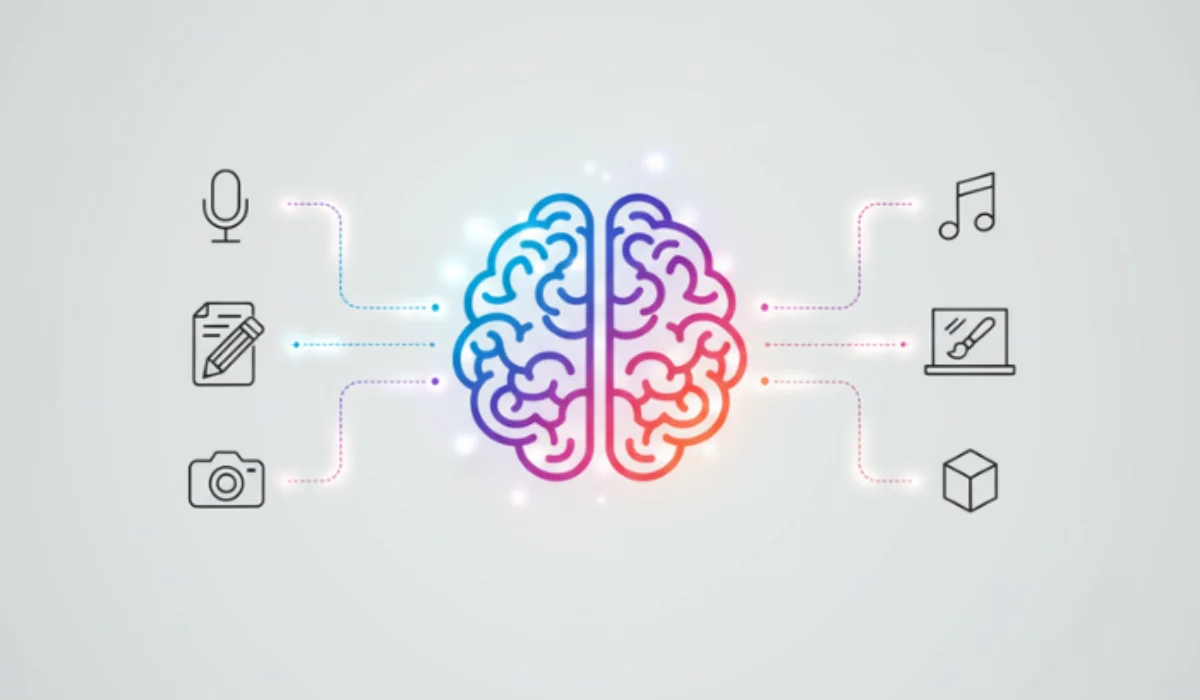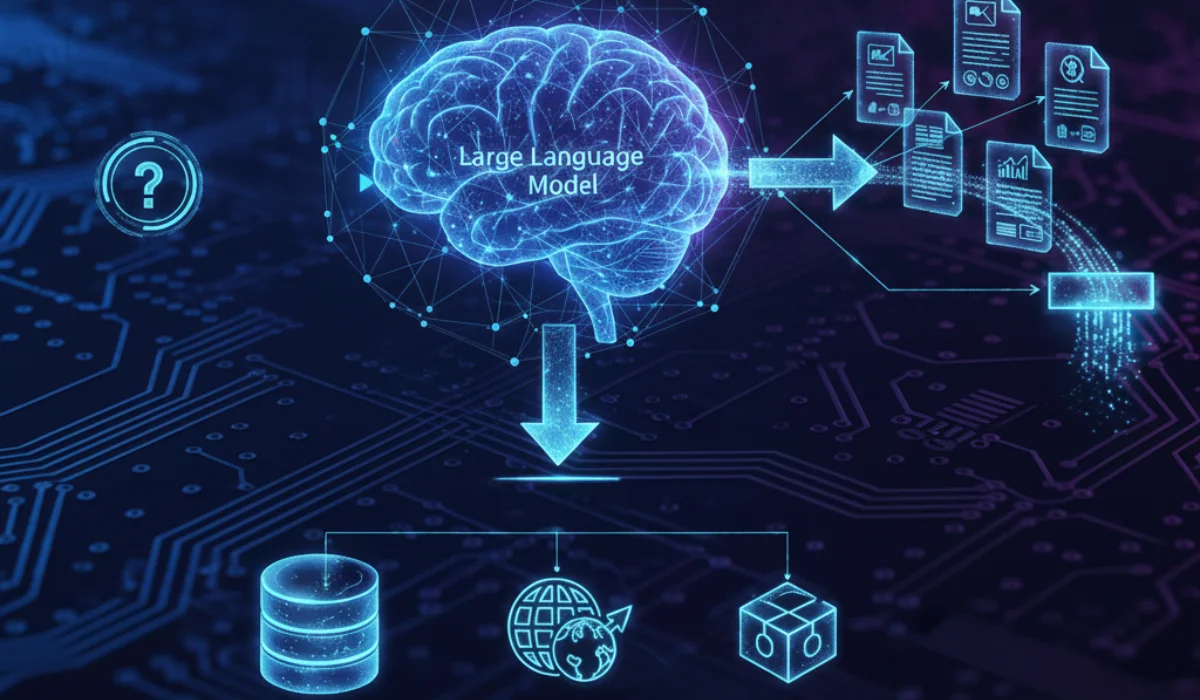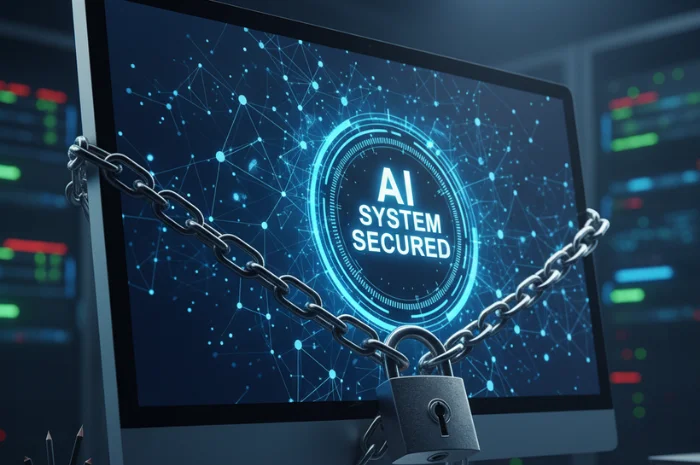The conversation around Generative AI has evolved fast. In 2023, it was about exploration and discovery, today, it’s about execution and scale. For CIOs and CTOs, the question is no longer if to adopt GenAI, but how to move beyond scattered pilots and embed it into the core of operations and engineering.
This shift marks a turning point. GenAI is moving from an experimental tool to a foundational business capability, one that will soon define competitiveness itself.
As GenAI becomes a mainstream enterprise layer, leaders now face a new challenge: driving innovation responsibly. The path forward demands a clear Enterprise GenAI Roadmap, balancing speed with security, governance, and measurable outcomes.
This guide explores seven emerging GenAI solutions for enterprises poised to deliver the highest value over the next 18 months, along with a practical framework for prioritizing investments by impact, data readiness, and risk.
7 Generative AI Solutions for Enterprises

The tools and platforms available to the enterprise have rapidly matured, moving far beyond simple chat interfaces. The next generation of GenAI solutions for enterprises represents highly specialized and integrated capabilities designed for complex business environments.
A. AI Agent Orchestration Platforms
GenAI’s most transformative potential lies in autonomy. AI Agent Orchestration Platforms are the infrastructure that enables this.
- What this is: Platforms that allow you to deploy, coordinate, and manage multiple, specialized AI agents. These agents can autonomously execute complex, multi-step workflows, from end-to-end contract analysis to automated procurement, integrating across diverse enterprise systems (CRMs, ERPs, databases).
- Why it matters: This moves GenAI from single-task assistants to powerful workflow orchestrators, enabling exponentially higher leverage and eliminating countless manual hand-offs between systems and teams. This capability is the definition of scaling impact.
B. Multimodal & Context-Rich Generation Engines
Enterprise data is rarely just text. It includes images, videos, CAD files, and voice recordings.
- What this is: GenAI solutions that not only generate but also understand content across multiple modalities (text, image, video, 3D) simultaneously. For instance, a system that can process a visual inspection report (image) alongside maintenance logs (text) to generate a repair plan (new text).
- Why it matters: This capability unlocks business value in rich data assets, enabling generative AI use cases like automated product visualization, quality control (QC) via video analysis, or the rapid generation of training simulations and immersive 3D environments.
C. Domain-Tailored, Small/Custom LLMs (SLMs)
The general-purpose, massive language model is no longer the default answer for every enterprise problem.
- What this is: The strategic adoption of smaller, custom-trained, or fine-tuned models (SLMs) that are aligned specifically with the organization’s proprietary data, domain terminology, and required tone.
- Why it matters: SLMs deliver better relevancy, significantly lower inference cost, and improved data privacy/governance. For regulated industries like finance, legal, and healthcare, using models trained exclusively on their proprietary, secure data minimizes IP risk and ensures outputs adhere to internal compliance standards.
D. Next-Gen Knowledge Activation & Retrieval + Reasoning Layers (Advanced RAG)

Retrieval-Augmented Generation (RAG) has become the gold standard for connecting LLMs to internal enterprise knowledge. However, RAG is evolving.
- What this is: The shift from simple document lookup to Advanced RAG, which incorporates sophisticated reasoning, synthesis, and hierarchical data processing. The system doesn’t just retrieve snippets; it deeply reasons over vast internal knowledge bases (documents, data lakes, wikis) to generate insights and even propose next actions.
- Why it matters: This activates passive enterprise knowledge, turning mountains of unstructured data into a real-time, critical insight engine for enhanced decision support and deep automation within the knowledge worker’s workflow.
E. Synthetic Data and Simulation-Driven Generative AI
In many high-value domains, real data is scarce, expensive, or highly sensitive.
- What this is: Using GenAI to create realistic, statistically accurate synthetic data, simulations, or “what-if” scenarios for model training, system testing, and scenario planning.
- Why it matters: Synthetic data mitigates data scarcity, enables sophisticated model development without violating privacy laws (HIPAA, GDPR), and is essential for stress-testing complex operational models, such as analyzing supply chain resilience under extreme, simulated demand spikes.
F. GenAI-Infused Automation Across IT / Engineering / Operations
Some of the fastest and most measurable returns are found in the back office and engineering departments.
- What this is: Embedding generative AI directly into high-volume, high-cost operational workflows, including automated code generation (copilots), drafting incident resolution scripts, auto-documenting codebase changes, and using generative AI for software testing.
- Why it matters: These functions are often underserved by traditional RPA and automation tools. Generative AI solutions bring new efficiency gains, specifically developer velocity and reduced time-to-resolution for IT Operations (ITOps).
G. Enhanced Governance, Trust & “Safe-by-Design” GenAI Platforms (AI TRiSM)
As GenAI becomes mission-critical, the risk factor skyrockets. Governance is not a feature; it is the foundation.
- What this is: Platforms explicitly built with essential enterprise controls: transparency, audit-logging, policy compliance, bias detection, model-drift monitoring, and risk mitigation. This discipline is known as AI Trust, Risk, and Security Management (AI TRiSM).
- Why it matters: This layer is mandatory for managing rising risks, including hallucinations, uncontrolled agent behavior, and IP leakage. For any CIO or CTO, AI TRiSM must be integrated into the strategy to ensure regulatory compliance and maintain stakeholder trust.
Also Read: How to Develop a Generative AI Model
Where to Start Now

With limited budget and time, an organization cannot pursue all seven types of generative AI use cases for enterprises. Prioritization requires a clear decision matrix based on impact, data, and risk.
A. Quick Wins vs. Strategic Differentiation
GenAI strategy is a portfolio of quick wins that build immediate momentum and longer-term strategic bets that build a competitive moat.
- Quick Wins (Shorter Time to Value): Focus on maximizing current data and reducing immediate operational burden. GenAI-infused automation (Type F) and Knowledge Activation (Type D) fall here. They typically provide faster ROI by leveraging existing system integrations and internal documentation.
- Strategic Differentiation (Higher Leverage): These require more upfront investment but deliver proprietary advantage. Aim for AI Agent Orchestration (Type A), which is complex but revolutionary, or Custom Small-LLMs (Type C), which protect and leverage proprietary data.
B. Data Readiness and Domain Constraints
The type of data you possess dictates the optimal solution.
- If you have rich, proprietary, and highly sensitive data (e.g., product schematics, private customer transactions), a Custom Small-LLM (Type C) or Synthetic Data (Type E) initiative is paramount.
- If your internal data is scattered, semi-structured, and voluminous (e.g., internal research, emails, PDFs), Knowledge Activation (Type D) provides the clearest path to rapid returns.
C. Risk Environment
The higher the regulatory or operational risk, the more mandatory a governance-first approach becomes. For high-risk or regulated industries, Enhanced Governance (Type G) is not optional; it must be the foundation for every other initiative. Without it, even a successful AI agent deployment introduces unacceptable liability.
How to Build a Generative AI Solution

- Define the business problem, not the model.
Start with a clear goal, what problem should AI solve or improve? For example, reducing support response time, automating content creation, or improving forecasting accuracy. - Identify the right data.
GenAI needs quality data more than large data. Focus on clean, relevant, and well-labeled datasets. Enterprises often start with internal text, images, or documents that can train or fine-tune existing models. - Choose the right foundation model.
Instead of building from scratch, use proven models like OpenAI’s GPT, Anthropic’s Claude, or open-source options like LLaMA or Mistral. You can fine-tune or customize them for your domain. - Build a secure architecture.
Set up the infrastructure for model hosting, APIs, and integrations. Use your preferred cloud (AWS, Azure, GCP) and apply strong data governance, encryption, and access controls. - Fine-tune for your use case.
Refine the model using your enterprise data so it understands your terminology, tone, and workflows. This step turns a general AI into a domain-specific assistant. - Add guardrails and governance.
Use AI safety layers, content filters, bias detection, human review, to ensure outputs stay accurate, ethical, and compliant with your policies. - Integrate with business systems.
Connect the GenAI solution with existing tools like CRMs, ERPs, or data warehouses. This makes it part of your workflow, not a separate experiment. - Test, monitor, and improve.
Start small, measure impact, and improve continuously. Monitor model accuracy, data drift, and user feedback to ensure consistent results.
How to Ensure Governance, Security, and Trust (AI TRiSM)

The maturation of GenAI solutions necessitates the maturation of control. The enterprise mandate is to build a robust AI TRiSM framework.
A. Defining a GenAI Governance Framework
AI governance framework establishes the policies for accountability, transparency, fairness, and risk mitigation before deployment even begins.
A key focus for C-suites today is Regulatory Alignment. Preparing for emerging legislation, such as the EU AI Act and adhering to existing frameworks like NIST’s AI Risk Management Framework, must be a proactive effort, not a reactive patch. Clear rules must define acceptable model inputs, outputs, and the boundaries of agent autonomy.
B. Data Security and IP Protection
The inherent risks of prompt injection, data poisoning, and model manipulation require a dedicated security posture.
- Risk Mitigation: The top security concern remains IP and PII leakage. Implementing a Zero Trust architecture around GenAI deployment is essential. This includes strict data minimization policies, encryption of sensitive data used for fine-tuning, and robust access controls.
- Audit Trails: Every GenAI solution deployed must incorporate mandatory comprehensive logging of all prompts, responses, and agent actions. These immutable audit trails are critical for compliance, debugging hallucinations, and proving non-bias in decision-making processes.
C. Mitigating Human Risk and Skill Gaps
Technology controls alone are insufficient. The human element also introduces two major risks:
- Shadow AI: The uncontrolled use of public GenAI tools by employees for sensitive tasks, leading to major data and IP leakage. The solution is to provide an approved, governed internal GenAI platform that offers sufficient functionality to displace the shadow tools.
- Workforce Transformation: Organizations must train employees to operate effectively at the “jagged frontier”, the boundary where AI excels and where human oversight is still required. This training prevents over-reliance on the AI’s output, thereby mitigating the risk of performance drops and critical errors.
Conclusion
The next era of productivity for the enterprise will be defined by its ability to scale GenAI, and scaling is synonymous with governance and focus. The days of treating GenAI as a monolithic technology are over. The winning Enterprise GenAI Roadmap strategy focuses on specialized, efficient models (like SLMs), coordinated agent systems, and activated knowledge.
Ultimately, GenAI’s success now hinges on governance, integration, and efficiency. Enterprises that commit to implementing integrated, scalable, and trusted AI systems, backed by a robust AI TRiSM foundation, will be the undisputed winners in this new era of productivity and differentiation.
Call to Action/Next Steps
Don’t let your competition define the pace. Start by initiating a governance audit of your current data security and compliance protocols relative to the GenAI risks. Simultaneously, identify a high-leverage use case of generative AI in a low-risk environment to pilot your future AI Agent Orchestration capabilities.
Explore our Generative AI development and integration services, in case you need assistance.
FAQs
-
How can enterprises integrate AI assistants into existing systems and workflows?
By connecting AI assistants with tools like ERP, CRM, or HR systems, businesses can automate routine tasks, fetch data faster, and improve employee productivity, without changing core systems.
-
What does responsible GenAI deployment look like in terms of safety, bias, and model governance?
Responsible GenAI means using secure data pipelines, testing for bias, and setting clear rules on how models learn and make decisions. It’s about keeping AI trustworthy and compliant.
-
How can GenAI drive large-scale business process automation?
GenAI can read, analyze, and summarize large amounts of data to automate processes like document handling, reporting, or customer onboarding—saving time and reducing manual effort.
-
How is GenAI transforming customer experience design?
It helps personalize every touchpoint, suggesting content, products, or responses in real time, so customers feel understood and supported.
-
How are enterprises scaling AI-powered customer support?
AI chatbots and support agents can handle FAQs, resolve simple issues instantly, and hand over complex cases to humans, improving service speed and quality.
-
How does GenAI enhance enterprise search and knowledge discovery?
Instead of showing long lists of results, GenAI can pull the right answers from multiple data sources and present them in natural language, helping teams find information faster.
-
What’s the role of voice and conversational AI in enterprise systems?
Voice-enabled AI allows employees to access data or perform actions hands-free—useful for field, manufacturing, or customer-facing roles.
-
How can companies leverage on-device and edge AI for faster, secure intelligence?
Running GenAI directly on devices or edge systems reduces latency, keeps sensitive data local, and supports real-time decision-making even without internet access.






